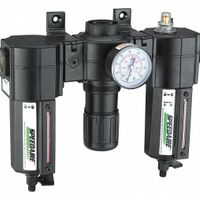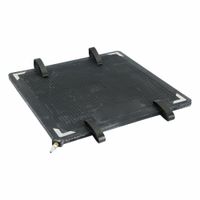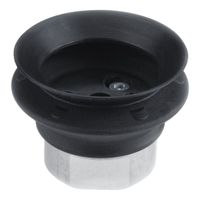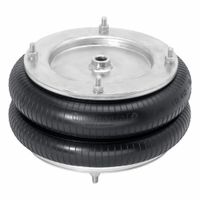- Home
- Pneumatics
.....Read More

Air Compressors, Vacuum Pumps & Blowers

Cable Reels

Compressed Air Treatment

Lifting Bags & Valves

Pneumatic Actuators

Pneumatic Coolers & Air Knives

Pneumatic Equipment Parts

Pneumatic Inline and Tee Filters

Pneumatic Motors & Gearmotors

Pneumatic System Components

Pneumatic Tools

Pneumatic Valves

Vacuum System Components

Vibration-Isolating Air Springs
Frequently Asked Questions
What are pneumatics and how do they work?
What are the main components of a pneumatic system?
What are the advantages of using pneumatic systems?
What are the disadvantages of pneumatic systems?
How do pneumatic systems differ from hydraulic systems?
What are common applications of pneumatic systems?
How do you maintain a pneumatic system?
What safety precautions should be taken when working with pneumatics?
How do you troubleshoot issues in a pneumatic system?
What types of pneumatic tools are most commonly used?